Namibia
Wilderness Namibia Newsletters – June/July 2024
Camp news
Wilderness Blogger
7/27/2024
What is Namibia like in winter?

Winter in the desert means icy cold mornings, but depending on where you find yourself, daytime temperatures vary dramatically. One factor that never changes though, is the spectacular natural beauty of the wild areas where Wilderness operates – from the ochre dunefields of the Namib Sand Sea to the rushing Kunene River, and the starkly lovely moonscapes of Damaraland. Come and see for yourself!
Wilderness Hoanib Skeleton Coast Camp newsletter
Weather at Hoanib in June
We are now in the depths of winter, though daytime temperatures still touched 40° Celsius, having started out at a quite numbing -8° C.
The prevailing easterly winds in the last week of June meant no rain, and overall, the weather was cold and dry.
Skeleton Coast landscapes
The Hoanib River is still dry, though we don’t expect it to flow until the summer rains arrive and the catchment areas receive good precipitation.
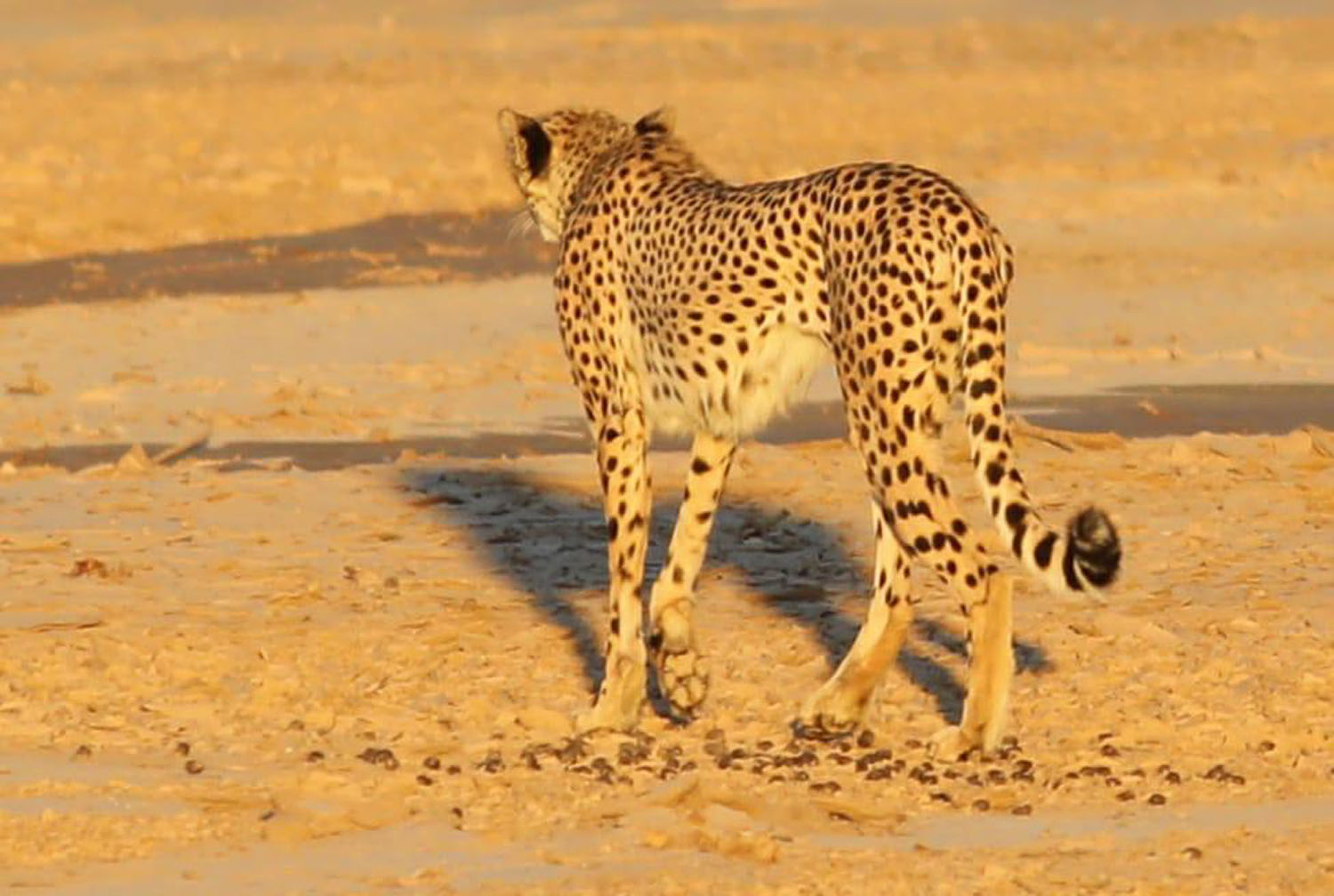
The leadwoods and acacia species create the iconic landscapes this corner of the Kunene Region is famous for, as do the Namibian national flower, the welwitschias. The only other flowering plants we see at this time of year are the wild prickly apple bush.
Wildlife and birds
We heard the thrilling sound of the elusive barking gecko though they are rarely seen. On the sightings front we were delighted to see lions and a cheetah, the usual elephants and giraffes, as well as oryx, and springbok while on our morning and afternoon drives. Brown hyenas were seen at the camp waterhole – always a treat!
Down at the coast, guests were awed at the seal colony numbers at Möwe Bay.
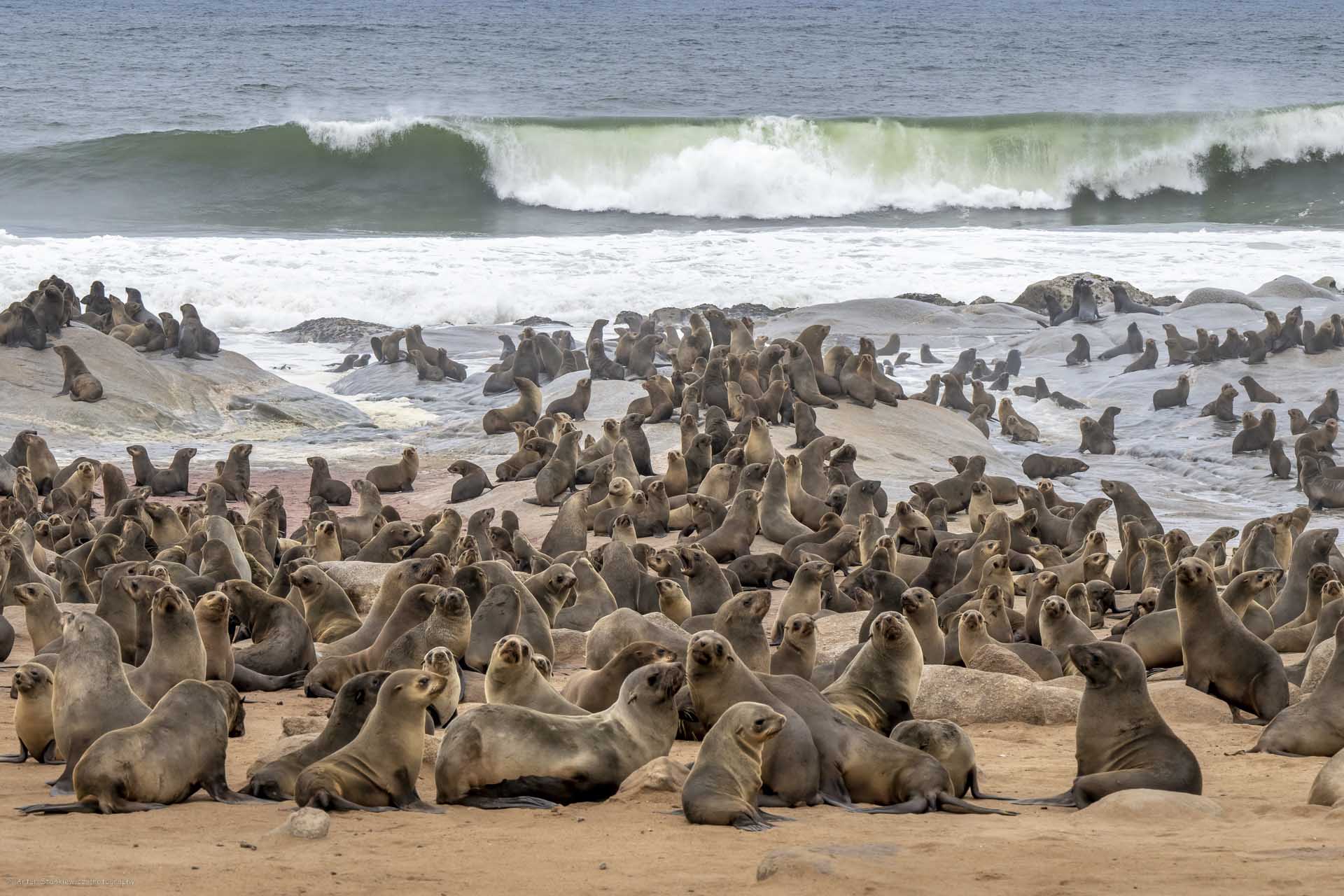
On the birding front, a nice tick for guests was seeing the near-endemic Ludwig’s bustard.
Community, Culture and Conservation
We had gecko researchers in camp, who also did night walks with the guests, which was very interesting and exciting.
Hoanib Skeleton Coast Camp activities and news
A consistent winner is the lunch served on the beach at Möwe Bay. Chef Marianne’s speciality is her amazing seafood paella and guests absolutely loved it.
We also had two guests who were strictly kosher. We made special arrangements for kosher items to be placed in their room, and when we did the check-in with them, they mentioned that they had travelled to many places and lodges, but Hoanib was the first establishment that had provided them with kosher food. The gentleman even had tears in his eyes.
Staff news
We were pleased to welcome Bernard Ndewenda to Hoanib Skeleton Coast Camp as Relief Guide.
We also had some fun team-building sessions in camp as well as Daniel and Anna from HR who visited us to conduct the Stay Strong training.
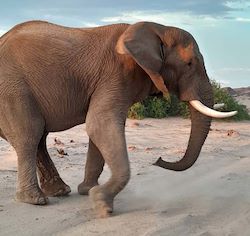
Wilderness Little Kulala newsletter
Sossusvlei weather in June
The overnight temperatures dropped to 10° Celsius, reaching 20° C in the afternoons. With no rain at this time of year, the river beds are dry.
Wildlife around Little Kulala
We have seen a brown hyena around the waterhole in front of camp and the staff village a few times. These beautiful animals are successful scavengers and easily identified by their distinctive shaggy coats and sloping lower backs. Opportunistic little black-backed jackals are seen regularly around Wilderness Little Kulala too, sometimes daring to come quite close to the main area.
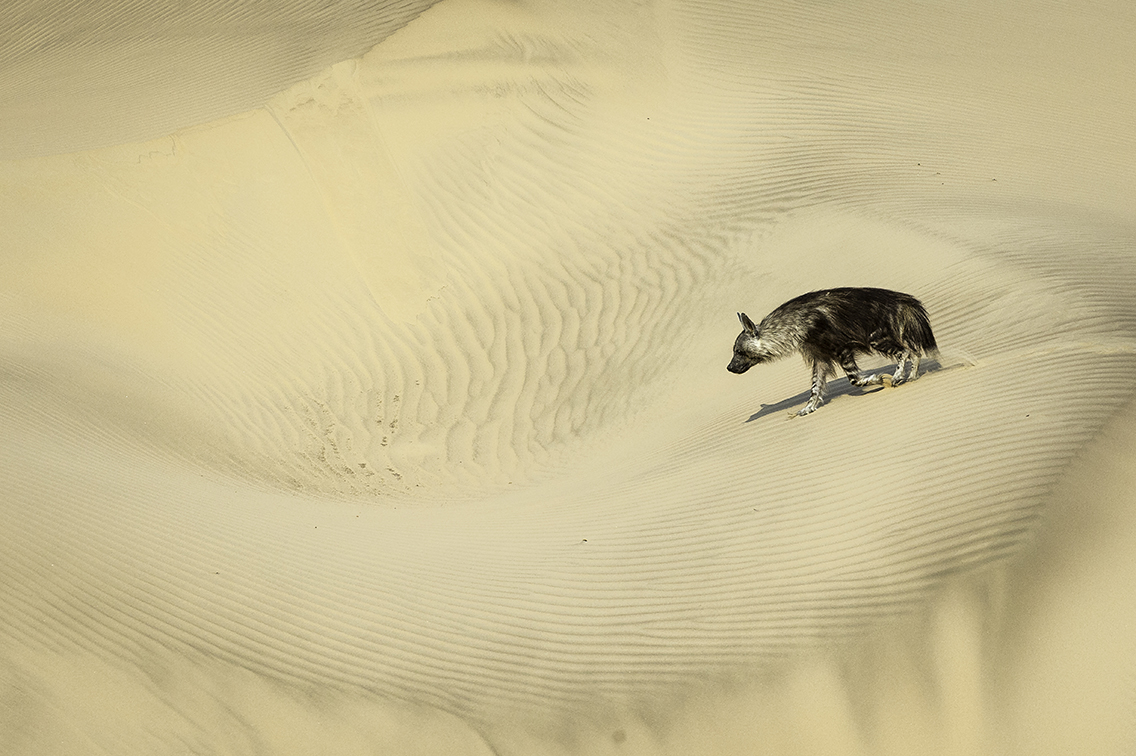
Camp news and activities
We created a lovely poolside lunch setup for our guests who were taken by surprise and thoroughly enjoyed their meal while oryx, springbok and ostriches drank at the waterhole in front of camp.
They also enjoyed the singing and dancing from the Little Kulala team during dinner, which we held inside as it was chilly outside.
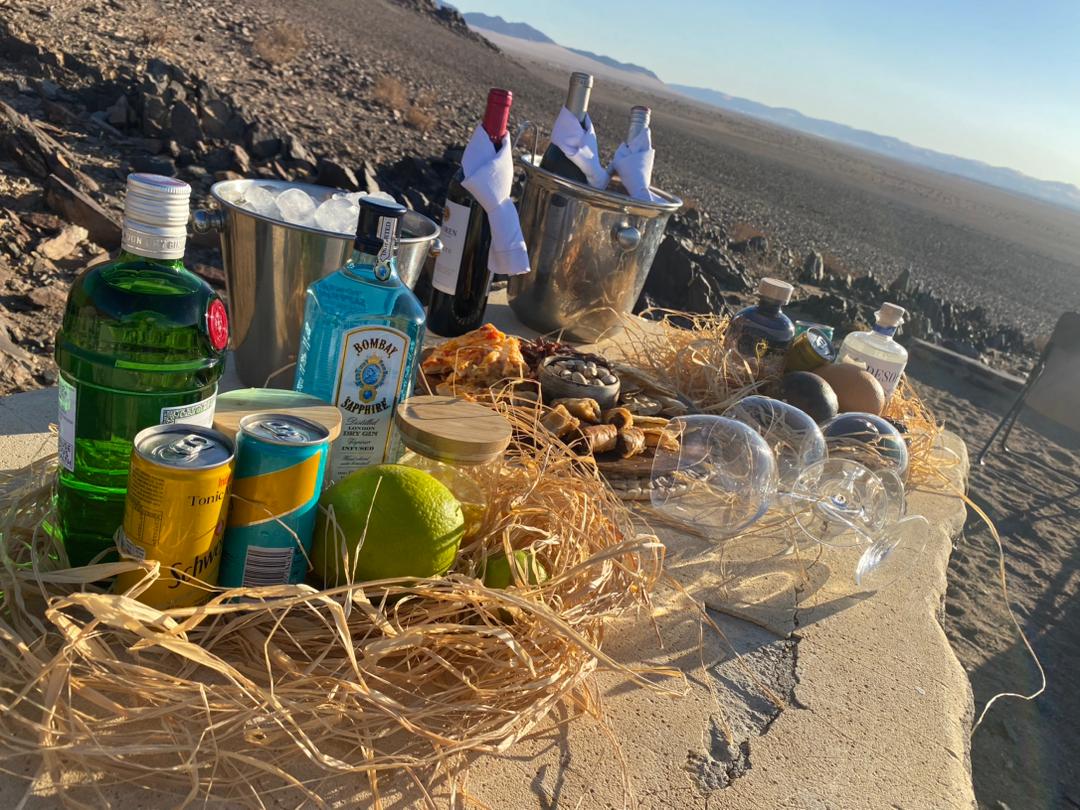
Staff in camp
James Muzamai, Little Kulala Manager;
Wilson Paulus – Food & Beverage Manager;
Peneyambeko Paulus (Penny) – Assistant manager
Treandy Muyunda – Assistant Manager.
Guest comments
“Made us both feel at home. Attention to detail exceptional. Always willing to help. Laundry service very welcome”.
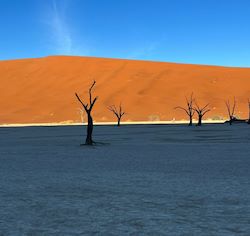
Wilderness Kulala Desert Lodge
Weather and landscape of the Kulala Wilderness Reserve
The weather has switched from burning hot summer days, when it can reach 45° Celsius during the day, to where it’s now touching the mid-30s, with a noticeable wind-chill factor in the shade. The desert did not get the best rain this season so vegetation is scarce.
However, with Kulala Desert Lodge being just 60km from the Atlantic Ocean we do receive mist and fog. One morning even the roof gutters were dripping water – and our best guess it was the equivalent of about 6mm to 10mm of rain.
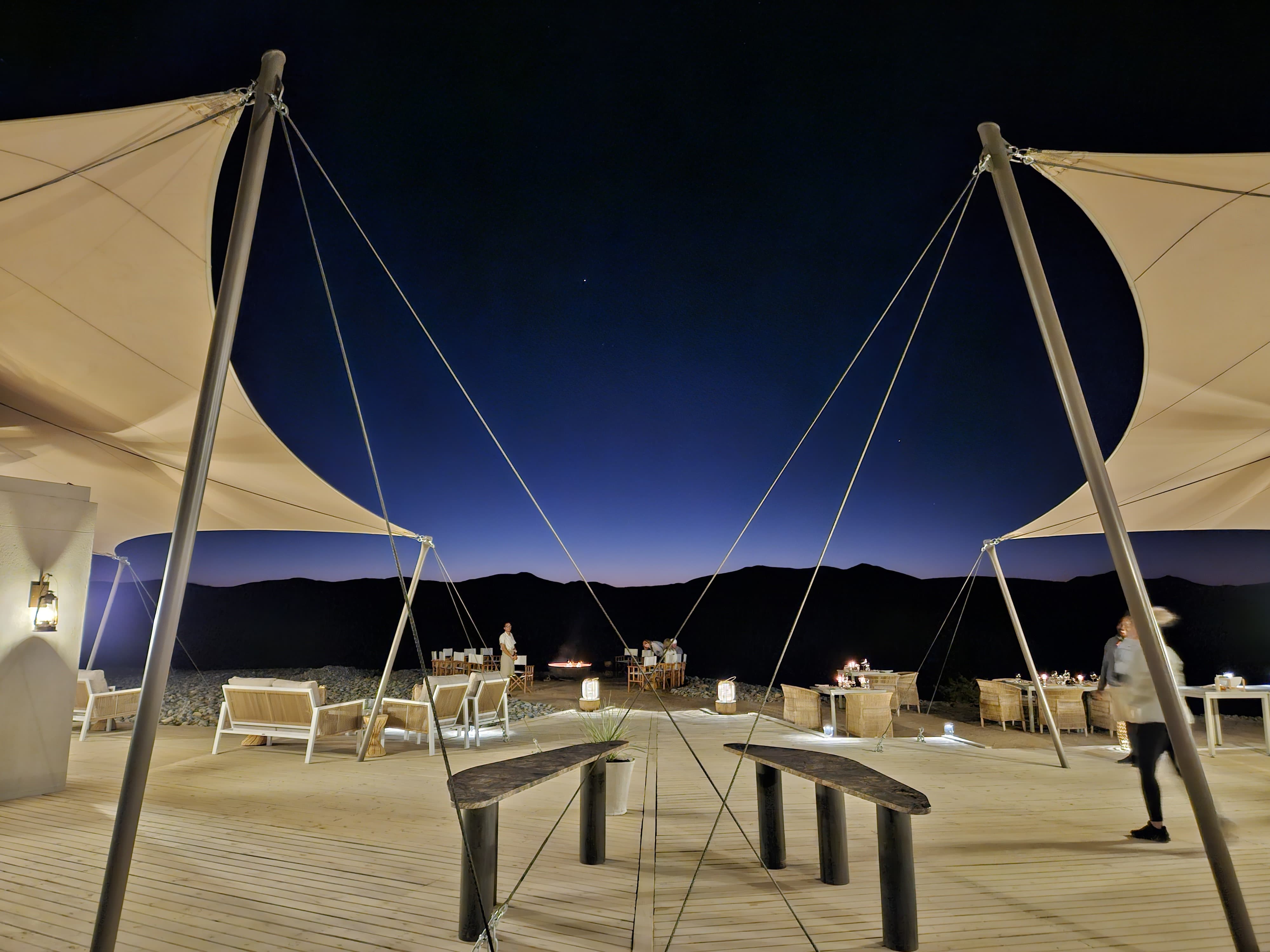
Some days the wind is so strong we’ve measured it at 40 knots.
Wildlife and birds
We have something special here in the desert. In the early mornings when you’re walking up from your room to the main area you might think you hear a frog calling and wonder if it could be coming from the river bed. But no… it’s a lovely near-endemic desert bird called the Rüppell's korhaan!
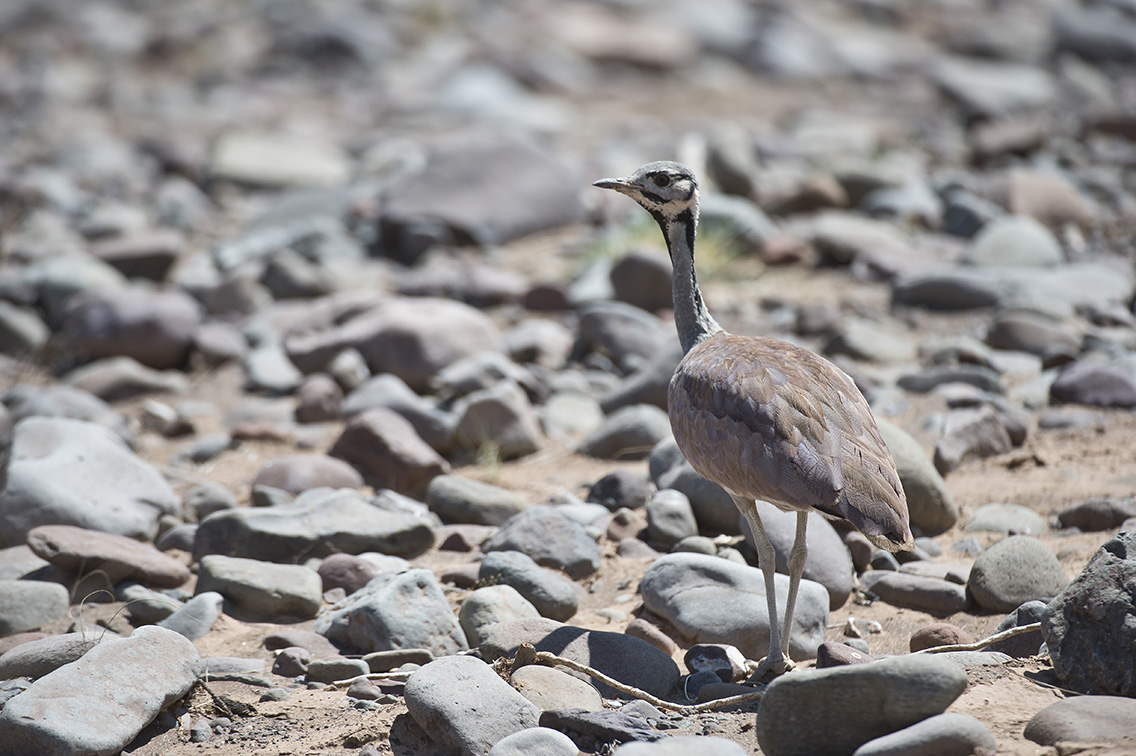
Remarkable guest experiences
We had the pleasure of helping a couple celebrate their honeymoon and we treated them to a private lunch away from the noise and busy-ness of camp. When travelling for a honeymoon or birthday, don’t forget to give us a wink and our Kulala Family can plan something special to remember.
The stars have been particularly brilliant these last couple of nights. The sky has been pitch black, allowing the stars to almost jump from the sky onto our rooftops. Our lodge is also where you can enjoy a sleep-out on your rooftop – only at Kulala Desert Lodge!
One early morning we had a wonderful surprise visit from one of our local friends that came past the lodge – a brown hyena. They are always a thrilling and rare sighting, given their solitary, nocturnal behaviour. Ask one of our qualified guides during your visit to see if you can find one when you visit Kulala Desert Lodge.
Staff News
We are delighted to welcome two new guides to our Kulala Desert Lodge team – Lucas and Anna. We wish you both a prosperous adventure and all the best!
Newsletter written by Marnus Smit, Assistant BOH Manager
Explore the dunes and desert adapted wildife
Explore the dunes and desert adapted wildife

Wilderness Serra Cafema newsletter
June weather and the landscape around the Kunene River
From mornings starting at 12° Celsius, the days warmed up to a quite toasty 36° C … a big difference between night and day!
On many mornings soft, thick fog cloaked the mountains surrounding camp, brought in by the westerly wind, which also cooled the daytime temperatures.
The mighty Kunene River is flowing well, and the water level is good for boating.
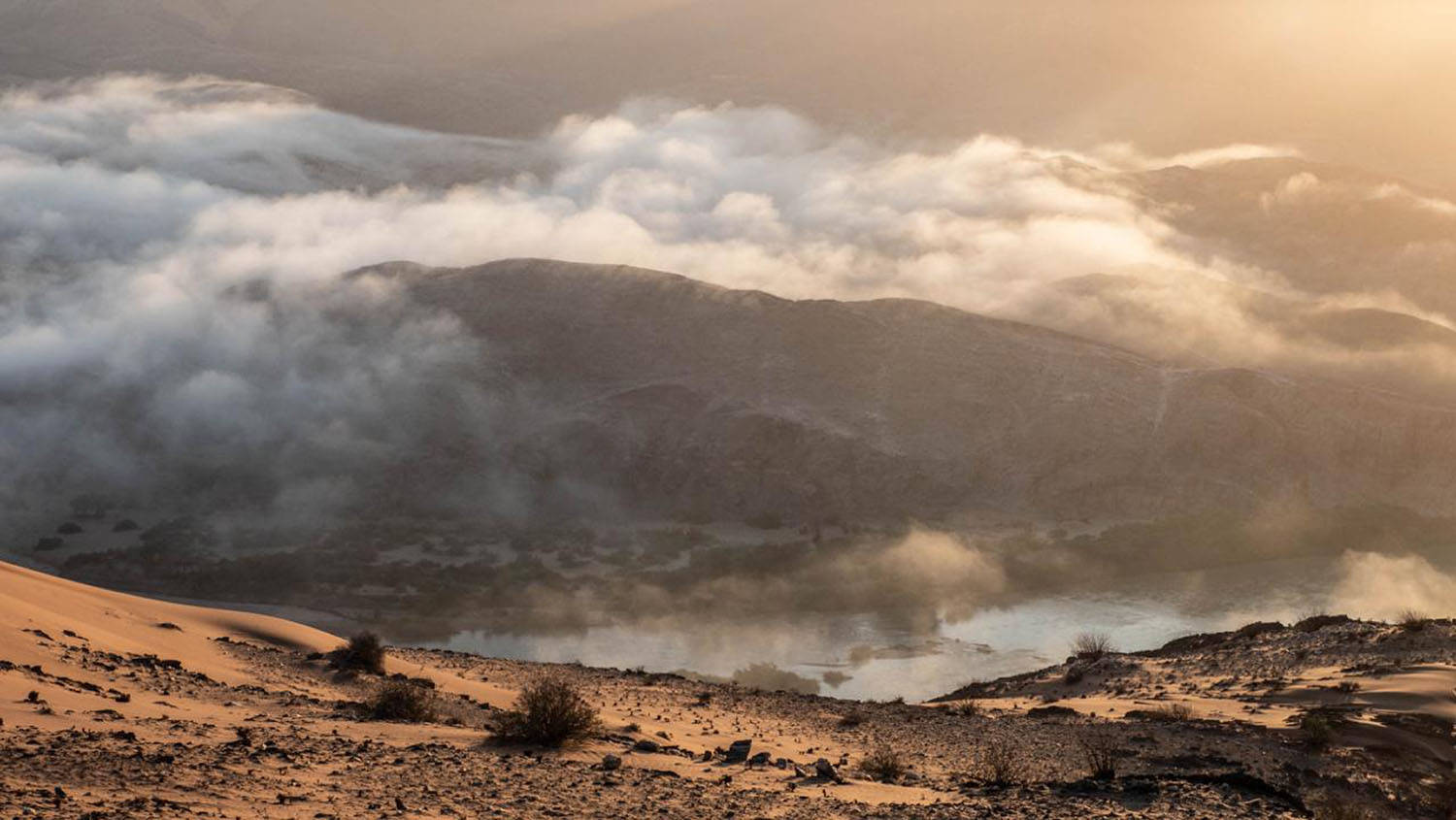
Interesting wildlife and scenery at Serra Cafema in June
The legless skink is one of the lizards we see at Serra Cafema. Legless skinks are predominantly found in arid and semi-arid environments, including savannas and scrublands. They thrive in areas with loose soil or sand.
The foggy mornings created very atmospheric scenes as it drifted around the mountains and over the Kunene River to Angola.
A zebra snake was spotted in camp between the swimming pool beds one morning – however, it was so cold it didn’t move at all.
The white lady spider (Leucorchestris arenicola) is another common arachnid found in the desert landscapes of Namibia.
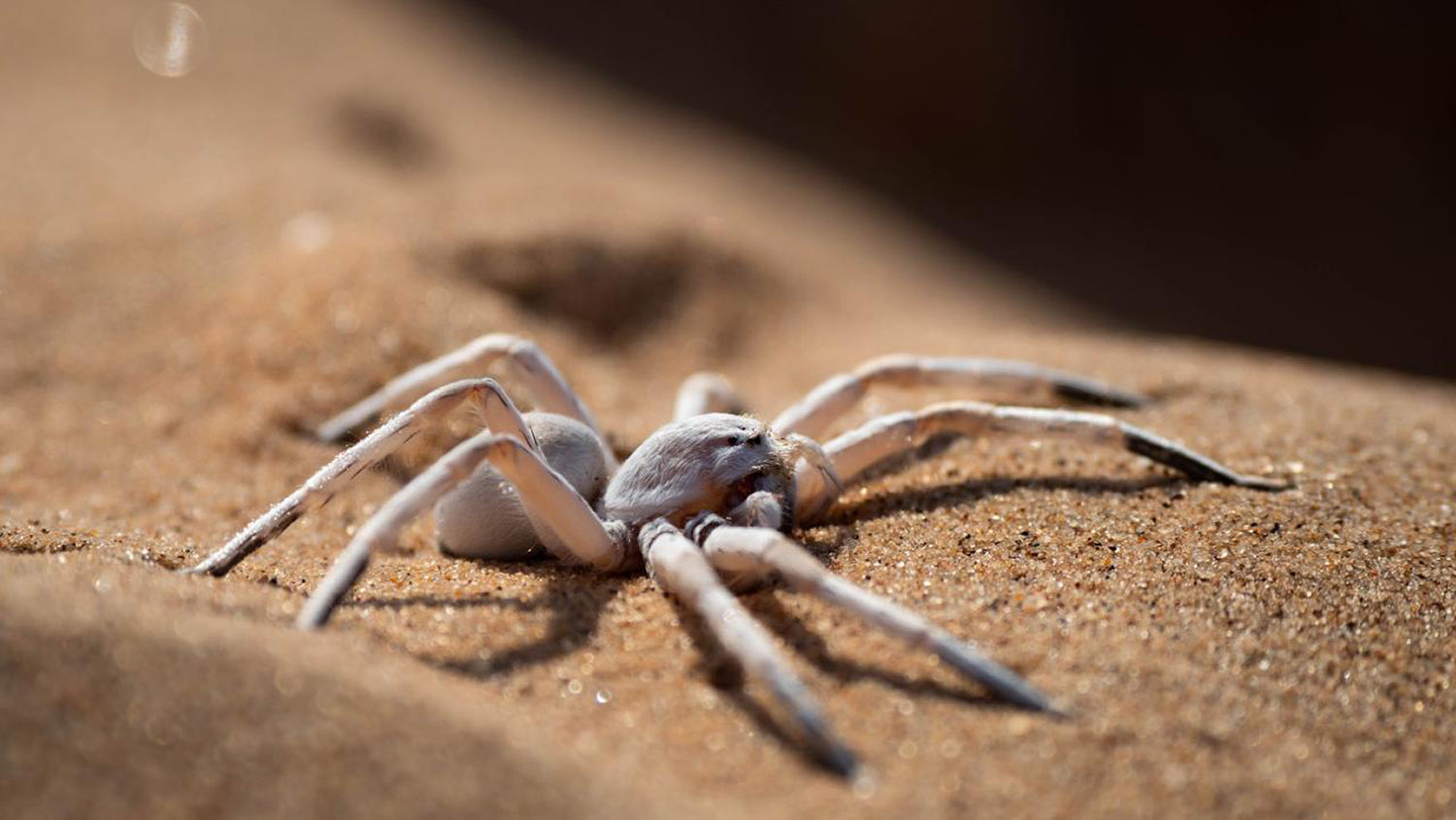
Camp activities
We did numerous outside set-ups including memorable sundowner in the dunes and riverside lunch set-ups.
Staff news
Bernard Ndewenda has joined Serra Cafema and Hoanib Skeleton Coast Camp as Relief Guide, after Geraldo Erasmus moved from the position to join the Desert Rhino Camp team.
Guest comments
“Everyone was so unbelievably kind and genuine, I wish we had more time here to get to know them all, what an amazing atmosphere”.
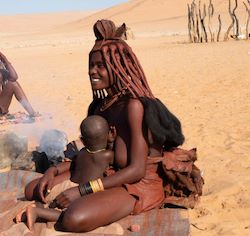
Wilderness Damaraland Camp newsletter
Winter in Damaraland
Winter announced its presence with beautiful, foggy – and frosty cold – mornings almost every day at Wilderness Damaraland Camp. As the sun warms up the land, the fog silently wafts away.
The minimum and maximum temperatures weren’t too far apart, ranging from 6 to 15° Celsius, confirming this is indeed the winter season in the desert.
Thanks to the life-giving moisture in the fog, the vegetation along the dry riverbeds is looking healthy.
Damaraland wildlife
As usual, desert-adapted elephants and giraffes are seen roaming the dry river and surrounding streambeds, attracted by natural water springs in the vicinity.
Exciting news from the guides was spotting some cheetahs around the Kananga viewpoint area! Thrilling and rare, but of course wildlife has surprises every day.
Apart from the cheetahs, three or four baby elephants were spotted too – just as exciting for the guests to see on their nature drives.
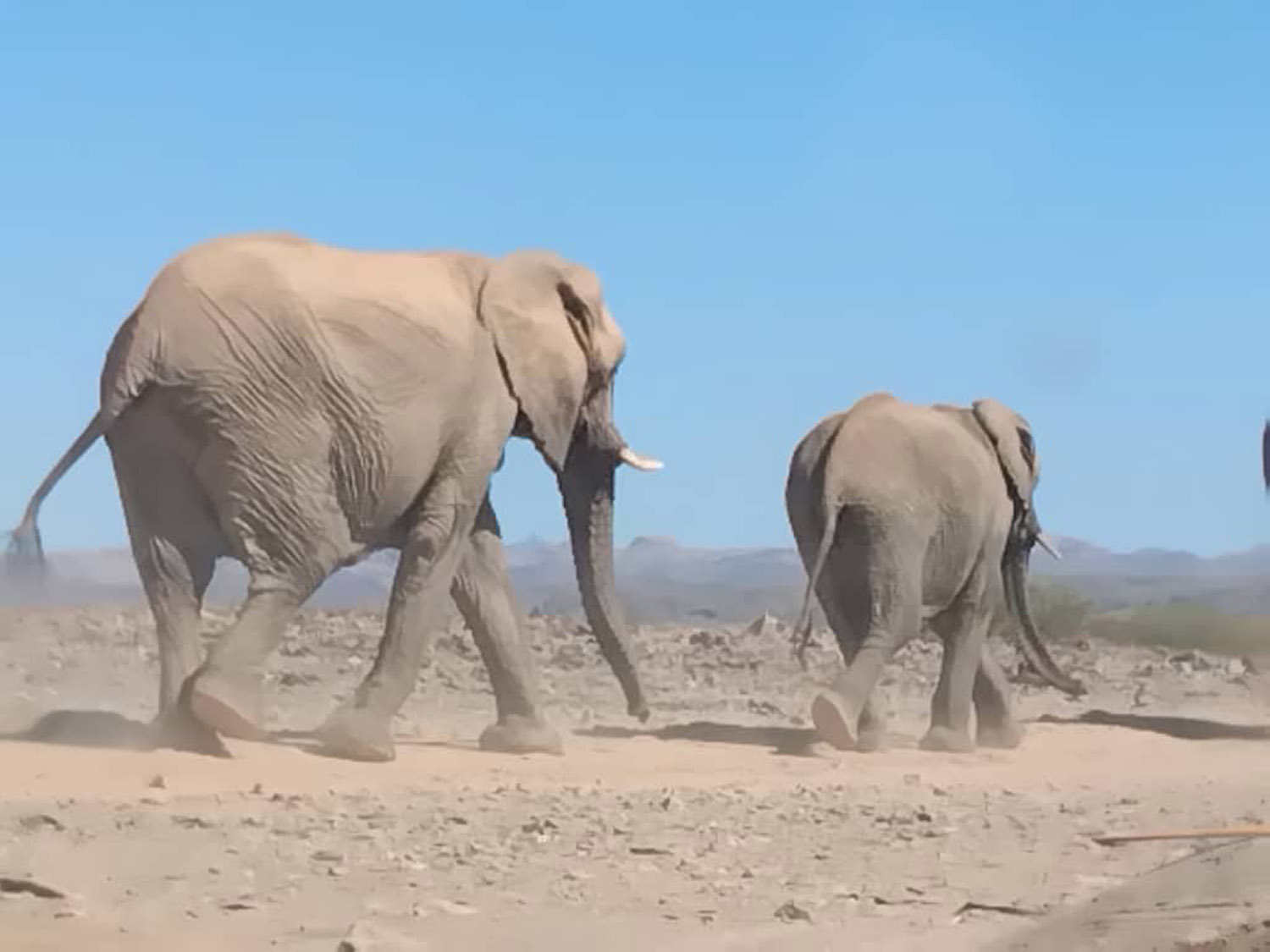
Damaraland Camp culture and activities
Welcoming our guests with beautiful traditional singing is an ongoing privilege and delight, and the reactions from our visitors are a great encouragement for our staff’s commitment and dedication, and they strive to do their best.
At Damaraland Camp we are proud of our unique offerings that provide unforgettable experiences for our guests. We offer a fantastic sunrise bush breakfast which ignites our guests’ imaginations and they always feel treated. This month they were particularly astonished by the beauty, as the mountain was draped in dramatic foggy cloud.
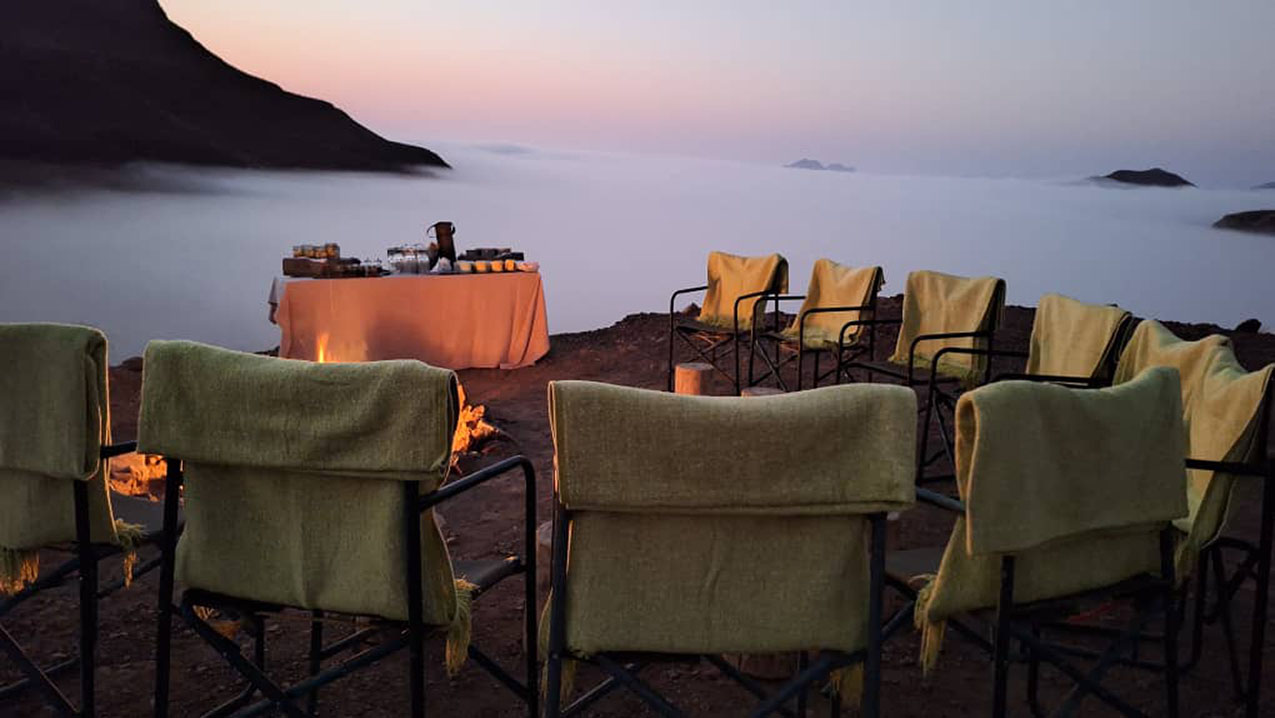
Challenges are not demotivation but a driver to use on our way up, and we take every opportunity to grow and change.
Staff news
Damaraland Camp is still driven by its entire staff complement, led by dedicated management, and our four bush ambassadors (field guides) as usual: General Manager Collin Ananias Netope, Assistant General Manager Monika Edward (almost two months on board), Sem Alweendo, our committed mechanic who is also two months on board, Kitchen led by Mr Pinehas who joined few weeks ago, Housekeeping run by Ms Edward and assisted by Supervisor Hansina-Anna Swartbooi.
Our Guide team: Enos, Joas, Nicky and Frankie. Frankie is also new.
Our F&B Manager Wellen has moved to Wilderness Kulala Desert Lodge and we wish him growth, and are looking forward to our new team member to fill the gap.
Guest comments
“Very, very pleasant staff, they made us feel at home & comfortably special, what a lovely team and fantastic hospitality provided by all”.
Newsletter by Monika Edward and Colin Netope
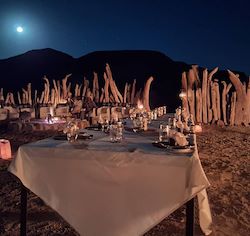
Wilderness Desert Rhino Camp
After a complete rebuild, Desert Rhino Camp reopened on the 1st of July 2024. It’s now even more amazing and beautiful, with wonderful staff committed to ensuring it’s the most memorable camp our guests visit in Namibia.
Winter weather at Desert Rhino Camp
From a chilly 8° Celsius start, the daytime temperatures soared to a maximum of 37° C. In a good year we will receive 100mm of rain, but lately we’ve had just a few drops.
It’s no surprise then that the landscape is very dry, with just a few grasses interspersed with trees that include mopane, shepherd, false ebony (ebony guarri), wild tamarisk, acacia and the endemic bottle tree, along with our famously bizarre-looking welwitschia mirabilis national flower.
We have also noticed the spring waters declining due to the lack of rain.
Wildlife and birds
It’s always a highlight to see the lions and black rhino, but something very special this month was spotting a secretive little aardwolf, as well as an African polecat (AKA zorilla or skunk).
Otherwise, the usual Hartmann’s mountain zebra, oryx, springbok, steenbok, black-backed jackal and Cape foxes were seen from nature drives.
Our birder guests ticked pale chanting goshawk, black-chested snake eagle and mountain wheatears.
Sightings of monarch butterflies were also recorded.
Community, Culture and Conservation
Desert Rhino Camp famously hosts Save the Rhino Trust Namibia trackers who go out into the field to collect data on the Critically Endangered desert-adapted black rhinos they see every day.
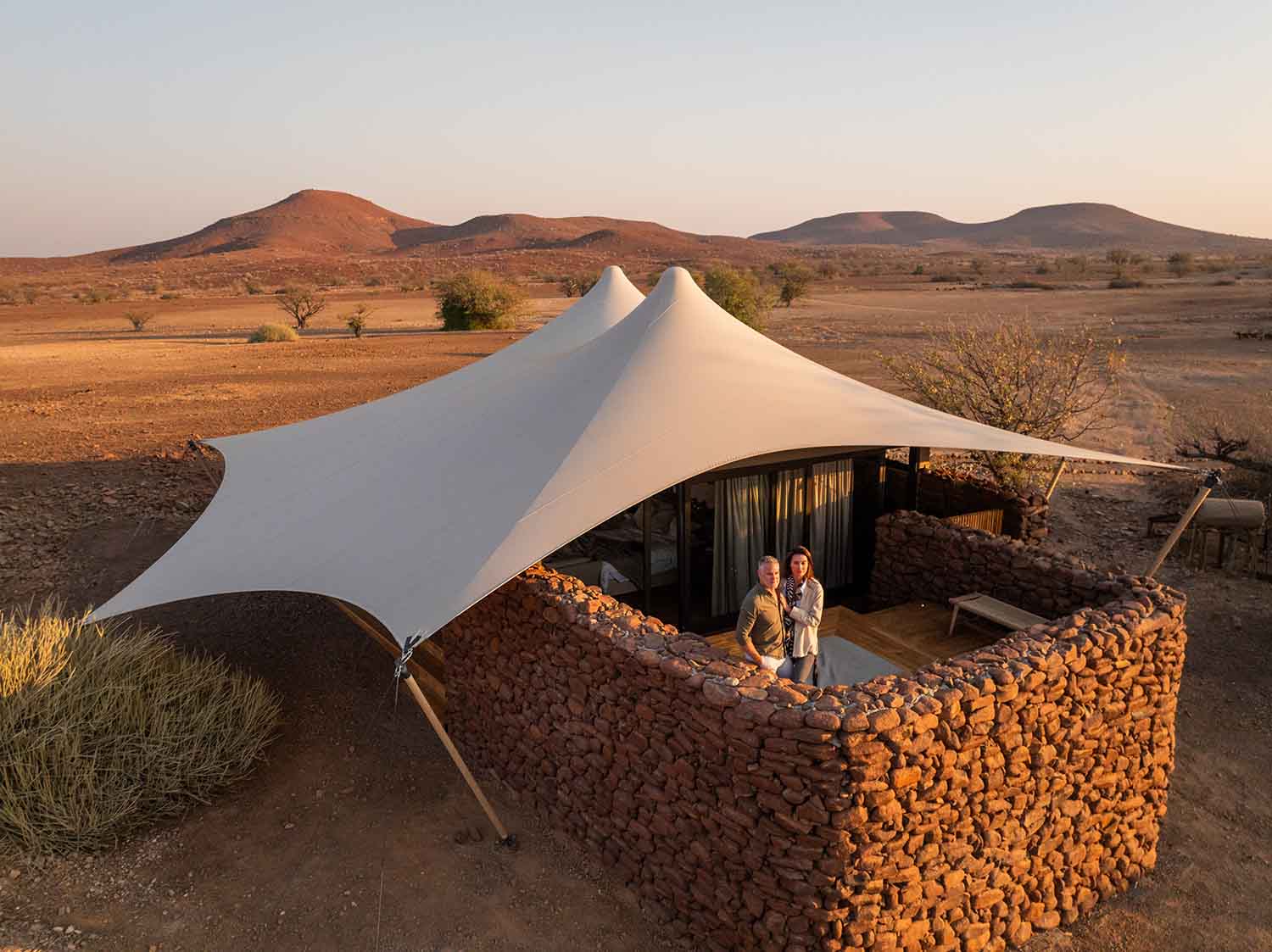
Camp news
As part of our out-of-camp offering, we surprise guests with a Rhino River Lunch after their tracking activity, as well as fairytale Boma dinners.
Staff News
With the reopening, we have a number of new staff, and Wilson Paulus has come from Little Kulala as our new F&B Manager, Guide Geraldo Erasmus joins us from Serra Cafema, Timotheus Namwandi is our new Head Chef, and George Muvuma is Relief Assistant Manager.
Naturally there has been a lot of training for the camp staff, and we did chef training for the new menu and service, as well as general teambuilding.
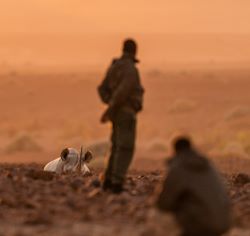
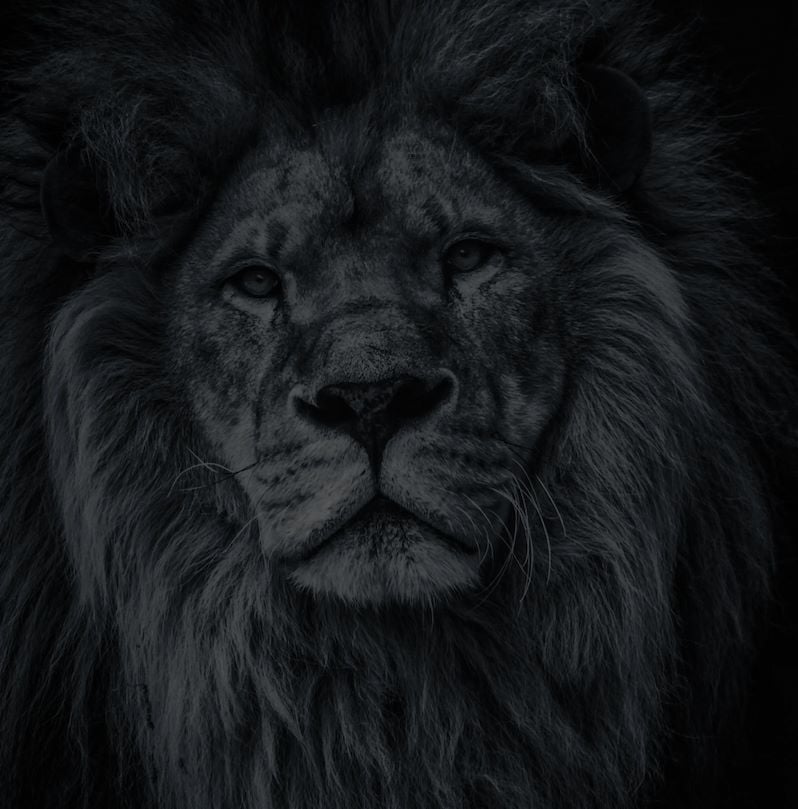
Let’s plan your next journey
Ready?
When we say we’re there every step of the way, we mean it, literally. From planning the perfect circuit, to private inter-camp transfers on Wilderness Air, and easing you through Customs. We’re with you on the ground, at your side, 24-7, from start to finish. Ready to take the road less travelled? Contact our Travel Designers to plan an unforgettable journey.